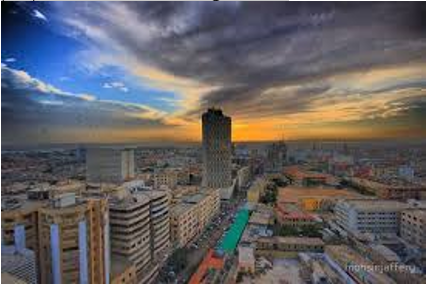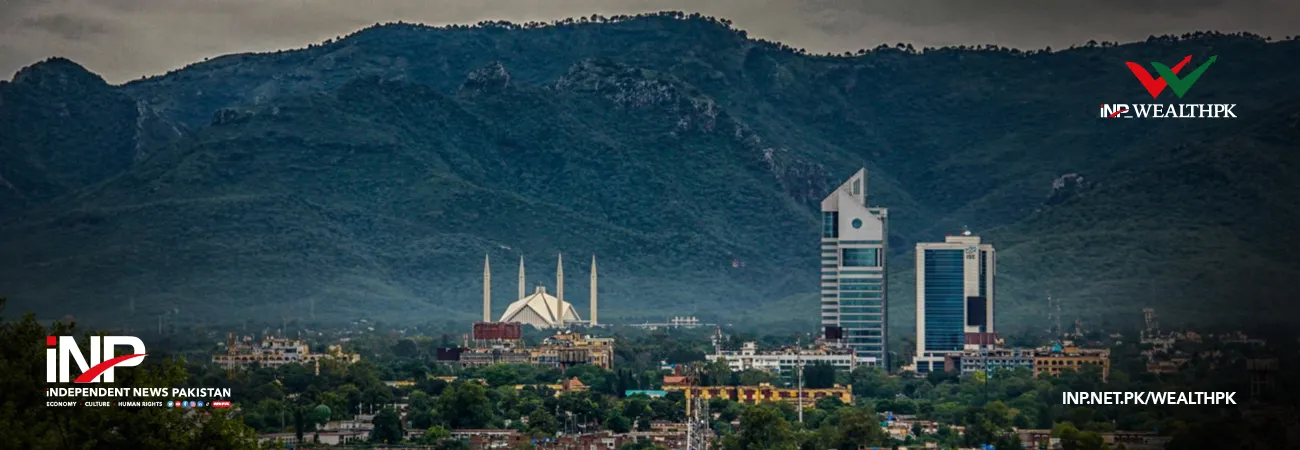INP-WealthPk
Muhammad Luqman
In Pakistan, cities like Lahore and Karachi have failed in translating their massive populations into a proportional economic growth.

“Owing to the mismanagement of resources and ill-planning, the ever-burgeoning populations of our big cities have turned into demographic disasters instead of providing any demographic dividend,” Dr. Nasir Javed, former chief executive of Punjab Urban Unit, said in an interview with WealthPK. The urban population of Pakistan has experienced a significant growth over the last 75 years.
The numbers have more than doubled from 1951 to 2025, indicating a substantial urbanization trend. The urban population percentage has consistently increased from 17.8% in 1951 to 38.5% in 2023 i.e. from the first national population census to the latest one. Karachi and Lahore with populations of 18 million and 14 million respectively, rank 12th and 27th in the list of the world’s most populous cities.
Karachi ranks a lowly 918th, while Islamabad and Lahore rank 578th and 878th respectively, in the Global Cities Index published by Oxford Economics. Karachi with a GDP of 75 billion dollars and Lahore with 40 billion dollars rank very low when compared to New York with a GDP of 2,500 billion dollars. Dr. Nasir Javed said the rapid but unplanned expansion has led to a chaotic urban sprawl with informal settlements rather than well-planned economic hubs, putting more and more burden on the already fragile socio-economic infrastructure.
“Weak municipal governance and poor coordination between the federal, provincial and local governments hinder effective urban management,” the urban planning expert said. Since the creation of Pakistan, successive governments have been focusing on the rural centric economic policies, leaving the urban centers on their own, he added. Even the development authorities set up in 1970s and 1980s have been responsible only for the land management issues in the metropolitan cities without giving any importance to the cities’ role in urban development.
Recently, the Punjab government has launched Central Business District (CBD) project in Lahore in a bid to enhance the role of the provincial metropolis as an engine of growth, but it is still in infancy. Over the past 76 years of the country’s history, a focus has been on the car-based transportation system with flyovers and underpasses, which makes cities inefficient.
The state-of-the-art Metrobus system and Orange Line Metro Train serve the needs of just 10 to 15 percent of Lahore’s population, while the situation in Karachi and other big cities is even worse. The business organizations believe insufficient transport networks, unreliable electricity and water shortages make it difficult for them to operate efficiently, thus stifling the growth of the country’s total GDP that has been hovering around 2 to 3 percent annually in the recent years.
“There is a need to liberate the cities of Pakistan from the redundant rules and regulations, powerful mafias and the business status quo created by the real estate businesses. It needs to be done on an urgent basis,” said Zaki Ejaz, Senior Vice President of the Federation of Pakistan Chambers of Commerce and Industry (FPCCI), while talking to WealthPK.
Economists believe that cities must manage rapid urbanization while balancing growth with infrastructure development and social services so that they could actively contribute to the national income in a big way. Efforts for boosting the role of urban centers should not be restricted to a couple of cities but expanded to each and every city and town.
Credit: INP-WealthPk













